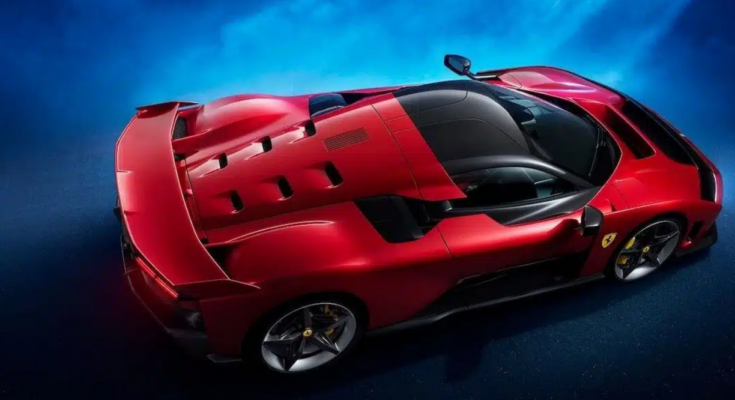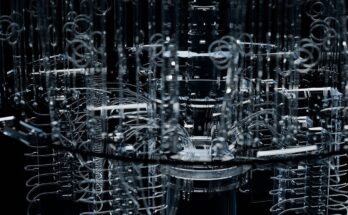Key Takeaways
- A high-tech hybrid system combines with a three-liter V6 to produce 1200 horsepower.
- Formula 1-inspired carbon fiber chassis.
- There will only be 799 models produced.
The F80 is now officially Ferrari’s most potent road vehicle, and it is the spiritual successor to the 2023 La Ferrari supercar.
The F80’s inventive use of electronic motors to help with everything, from the suspension to the twin-turbochargers that force air into the engine, is predicted to elevate the high performance game in comparison to the LaFerrari.
Similar to the LaFerrari, the F80’s internal combustion engine and electric motors work together to eliminate torque curve gaps and provide the race-ready vehicle with the power to dominate lap times.
Instead of the 6.2-liter V12 engine that was present in its predecessor, this one is a three-liter twin-turbocharged V6. In any event, Ferrari asserts that the F80 can accelerate from rest to 62 mph in 2.15 seconds, hit 124 mph in just 5.75 seconds, and top out at 217 mph. Additionally, it outpaces the LaFerrari by about 4.4 seconds on the Fiorano test track.
The F80’s developers have connected the V6 combustion engine to three specially designed electric motors in order to attain such dizzying performance levels. Two of these motors power the front axle, and a third is mounted on the engine to offer additional thrust when needed.
1200 horsepower is the total system output, and the 800V/2.3kWh battery’s only function
is not to lower carbon emissions or permit any kind of all-electric drive mode, but rather to improve performance. But engine performance isn’t the only reason to adopt e-motors.
As part of the comprehensive active aerodynamics package, several are found operating various flaps, spoilers, and air ducts, while small devices are strapped to both turbos to give them a little extra kick.
In order to give its engineers more control over chassis behavior in the most demanding driving conditions, Ferrari has even added 48V actuators to the intricate, electronically controlled Multimatic suspension system (complete with 3D-printed wishbones).
A driver and a small passenger can fit inside the narrow carbon fiber chassis, which is built for maximum aerodynamic efficiency. Ferrari refers to it as a “1+” car because the passenger seat is angled slightly backwards to let the driver be surrounded by the cockpit and controls.
The F80’s uniquely designed steering wheel contains physical buttons, switches, and dials in place of the all-digital setup of more recent Ferrari wheels.
Everything was carefully planned with efficiency, weight reduction, and track-based performance in mind. To demist the screen and lower the power demand on the heating and air conditioning system, for instance, a transparent film implanted in the windscreen takes power from the 48V circuit.
Because of its engineering expertise, it is likely to cost more than €3.6 million, or more than $4 million, making it the most costly road-going Ferrari to date. It costs nearly four times as much as LaFerrari.
The first of the 799 limited-edition F80s will be delivered to clients in 2027, Ferrari’s 80th anniversary year, after the vehicle goes into production in 2025.


